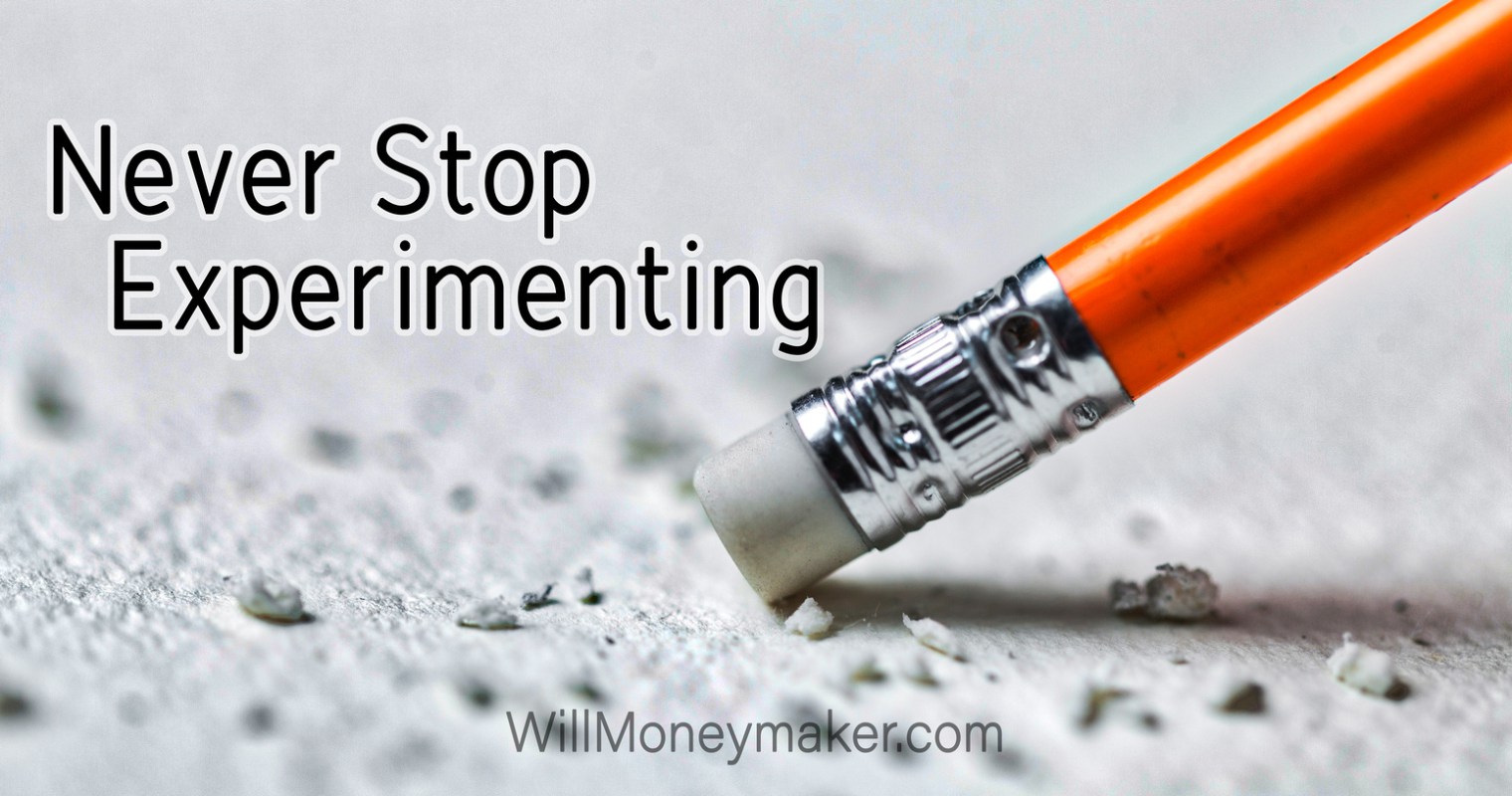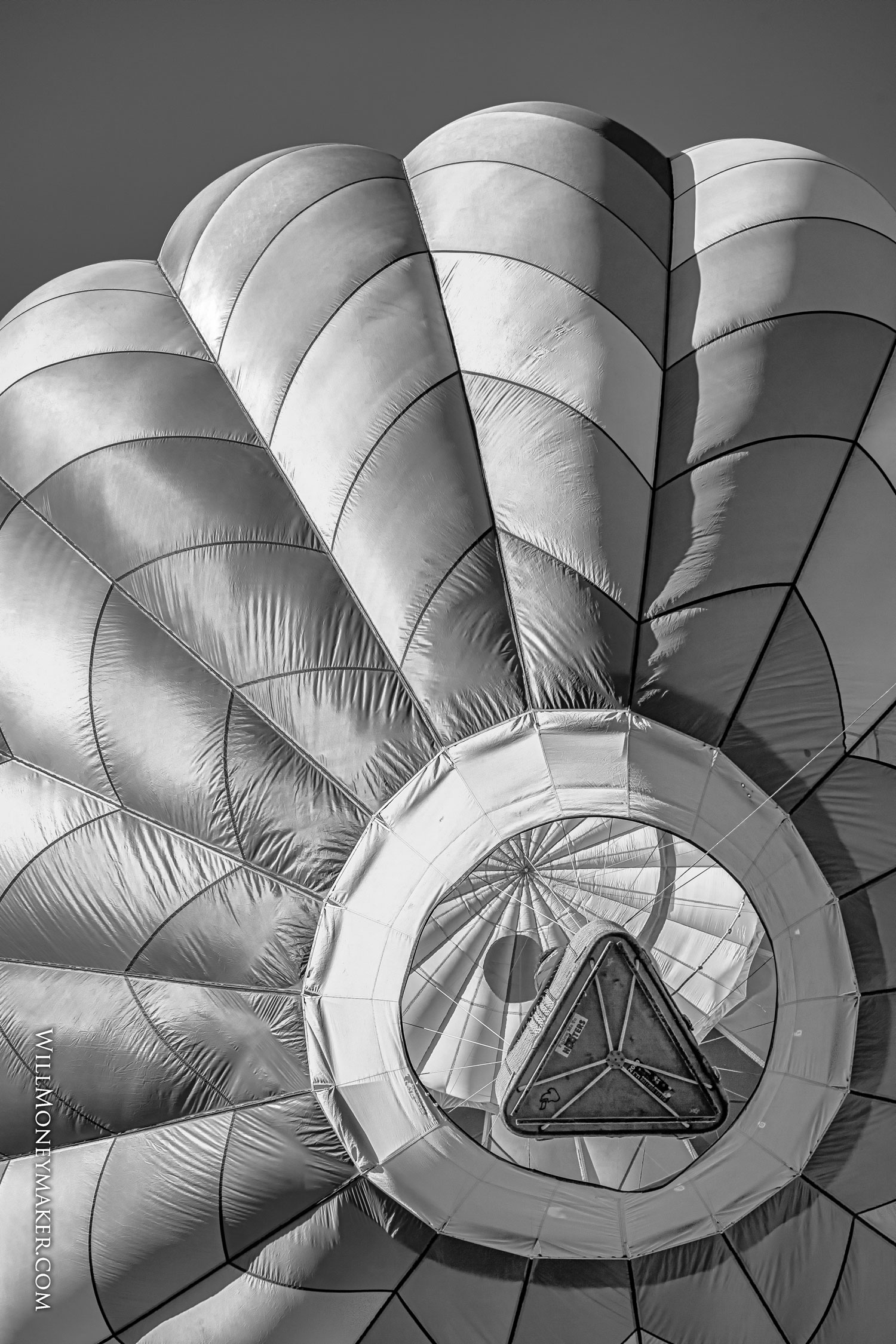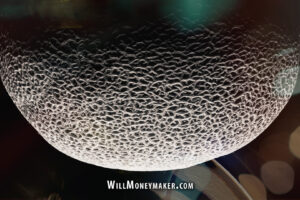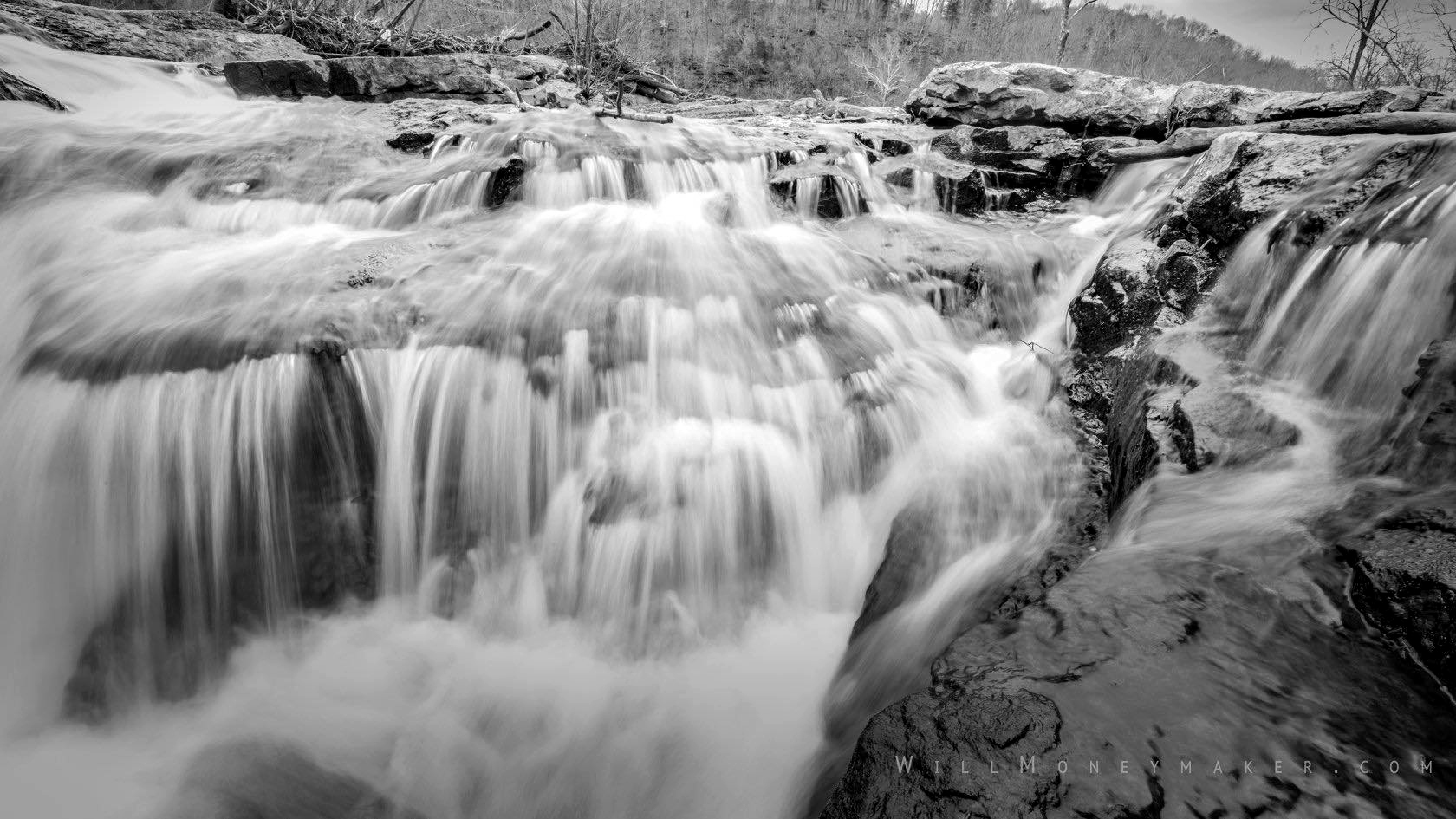It is so easy to stick with the thing that we know works. In fact, that’s why photographers have all of these rules, like the Rule of Thirds or the rule to never crop a portrait subject at the knees or elbows. And don’t get me wrong — those rules are a good thing. They’re a set of standards that photographers adhere to for a reason because in most instances, abiding by those rules will produce a better photograph than if you go against them.
But, sometimes that strict adherence to the rulebook leads the best of us into a creative rut. We must never forget that experimentation is paramount. Experimentation is the reason why photography went from science to art and it is the reason why we have advanced as far as we have. The experimentation of photographers, engineers, and researchers throughout the decades is why we can use DSLRs, it’s why we have a broad base of well-known techniques to use — and experimentation is what will drive us into the future, helping us to create new gear, new techniques and at the end of the day, brand new artwork.
And that is why I call on all photographers to experiment. Keep experimenting and perhaps you will be the next photographer to create something that all of us can use. Not sure where to start? Here are some ideas!
Experimenting with Elements
One way to experiment with photography is to experiment with individual elements of a photograph. The subject, or a background that you like, a particular color, a detail that you would like to include. Narrow your scope down to that one element and then see what you can do with it. I see many photographers creating projects centered around one particular thing and the idea works for them because it allows these photographers to narrow in on something new and creative rather than shuffling through a large jumble of ideas. One photographer may create daily images centered around a child’s toy, taking the photographs from the toy’s perspective while another may spend weeks collecting images centered around shades of blue.
In fact, this is one reason why photo-a-day projects work so well. When you are determined to take one photo each day for a year, you have no choice but to let go of your grand plans. There just is not time to sit down and hash out the details for a new photograph every single day. Instead, the photographer has to work on the fly. See something interesting, take your photo for the day. In this way, you learn to really focus on one element, or a small group of elements and experiment with them until the image clicks.
Of course, you don’t have to do an entire year in photographs if you don’t want to, but it does help to periodically do a study on one of your elements. By study, I mean that you should choose your element and then work with it until you feel that it has run its course. Examine the element from all angles, if it is a subject or a background piece. If it is a color, a lighting style or something else, then apply your chosen element or theme to whatever you can think of. Experiment with your element and you will certainly end up creating something interesting.
Experimenting with Gear
Experimentation doesn’t have to happen within the photograph. You can experiment in a wide variety of ways with your gear. Gear experimentation is why photographers love gaffer’s tape so much — because one day, someone got tired of tripping over lighting cords or not being able to hang a backdrop, so they grabbed a roll of tape and used it to solve the problem. Always ask yourself the question, in what way can I use the tools that I have differently?
Let’s say, for instance, you are out in the field, with a couple of portable flashes, wireless triggers and light stands to mount everything on. What can you do to modify your lighting? It depends on the tools that you brought along, like umbrellas or what have you. And it also depends on how much you are willing to experiment and what bits and pieces you can scavenge to aid you in your experiment. For example, in a pinch, photographers have been known to fashion Pringles cans, straws or corrugated cardboard into DIY emergency snoots. They’ve put sheets of paper or even frosted plastic from milk jugs over their lights as a diffuser. If you happen to have plastic shopping bags, particularly in colors other than white — tan or blue, for example — then you can fashion yourself a way to warm up or cool down the light from the flash.
Reversing rings for macro photography was born from this same sort of ingenuity. Someone got the bright idea to mount a lens backwards and discovered an entirely new way to create extreme close up photographs. Most of the tools that we have at our disposal came about because someone was willing to experiment, to try new things.
As a final thought, I want you to remember that there are still more things to experiment with besides gear and elements within images. Post-processing is one avenue. Experiment by combining prose with images, or by trying as many different genres of photography as interest you. That is how we innovate, and it is in fact, the only way we can innovate. Everything that we have today, even things outside of photography, all come from someone, or from a group of people, who were just daring enough to try something new. That same enterprising spirit will lead you into trying new methods, new types of photography and most importantly, into creating works of art that you would not normally have dreamed up.





